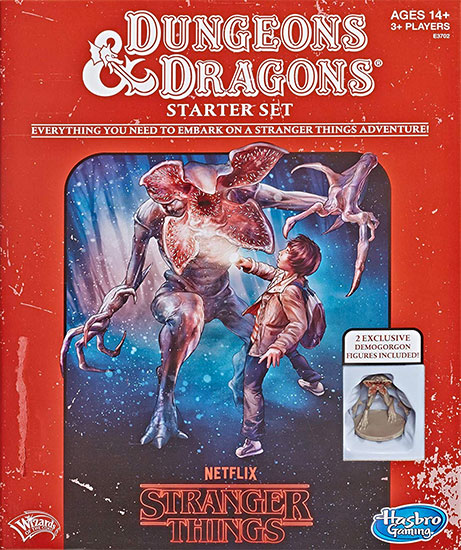I’m on a study project to improve my understanding of roleplaying games. To this end, I already have two reading projects, A Game Per Year and An Adventure Per Year. This is the third, with the goal of reading or playing 52 games made in the last few years. Originally I considered making this “A New RPG Per Week” and that’s where the number 52 comes from, even though a weekly schedule is probably not within my abilities.

The Dungeons & Dragons I grew up with in the late Eighties and early Nineties put a lot of effort into building sub-brands such as Dragonlance or Forgotten Realms. They were their own aesthetic universes, with their own characters, themes and visuals.
In contrast, the current D&D era only really promotes one brand: D&D. For outreach and expansion, they borrow from external brands. For content purposes, material from Magic: the Gathering has been adapted for D&D. The Stranger Things Starter Set takes advantage of the fact that D&D was featured on the tv show. It’s a beginner’s set containing core rules, readymade characters, an adventure, dice and two minis, one painted and one unpainted, of the Stranger Things version of the demogorgon.
The rulebook contains a trace of flavor dialogue from the characters of the show and the adventure is presented as if it was created by the character Mike. It’s a simple string of encounters involving the hunt for the thessalhydra.
There’s a throwaway feel to the release. The minis provide some toy value but there’s a half-assed vibe, as if someone was tasked with putting this together by the end of the week. From reading the adventure, we know that Mike writes with the voice of a D&D game designer.
I’ve been reading starter sets because I’m interested in the question of onboarding people into roleplaying and individual games. Each starter set represents an attempt to do that. Here the work of onboarding is 100% on the Stranger Things brand, unsupported by the product design except in the most cursory way.